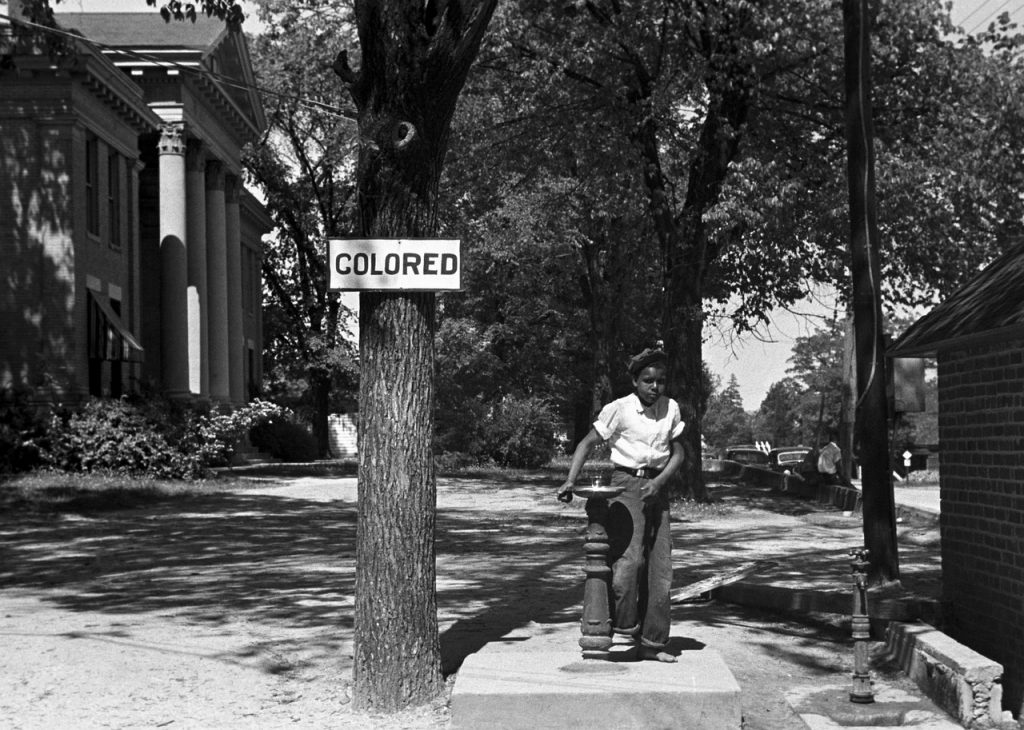Oppression
In this section we will examine the concept of oppression, the unequal power between groups and discuss how oppression is systemic.
Image by WikiImages from Pixabay.
Pause to reflect
Take a few moments to reflect on experiences where you felt you had power to change or influence a desired outcome. Note some experiences where you felt like you had no power to change or influence a desired outcome.
What’s oppression?
“The prejudice and discrimination of one social group against another, backed by institutional power. Oppression occurs when one group is able to enforce its prejudice and discrimination throughout society because it controls the institutions. Oppression occurs at the group or macro level and goes well beyond individuals. Sexism, racism, classism, ableism, and heterosexism are specific forms of oppression.”
Sensoy & D’Angelo, 2017, p. 61
Post secondary institutions are places where people from different backgrounds, experiences, identities and socioeconomic status come together. Thus, when people interact, they bring with them elements from these areas and that can shape the way they work with other people.
For example, the professor is the person who has set up the learning and expectations of student behaviour, such as the assignments students must do or how they mark these assignments, and students must learn to take the cue from the professors about what is acceptable.


